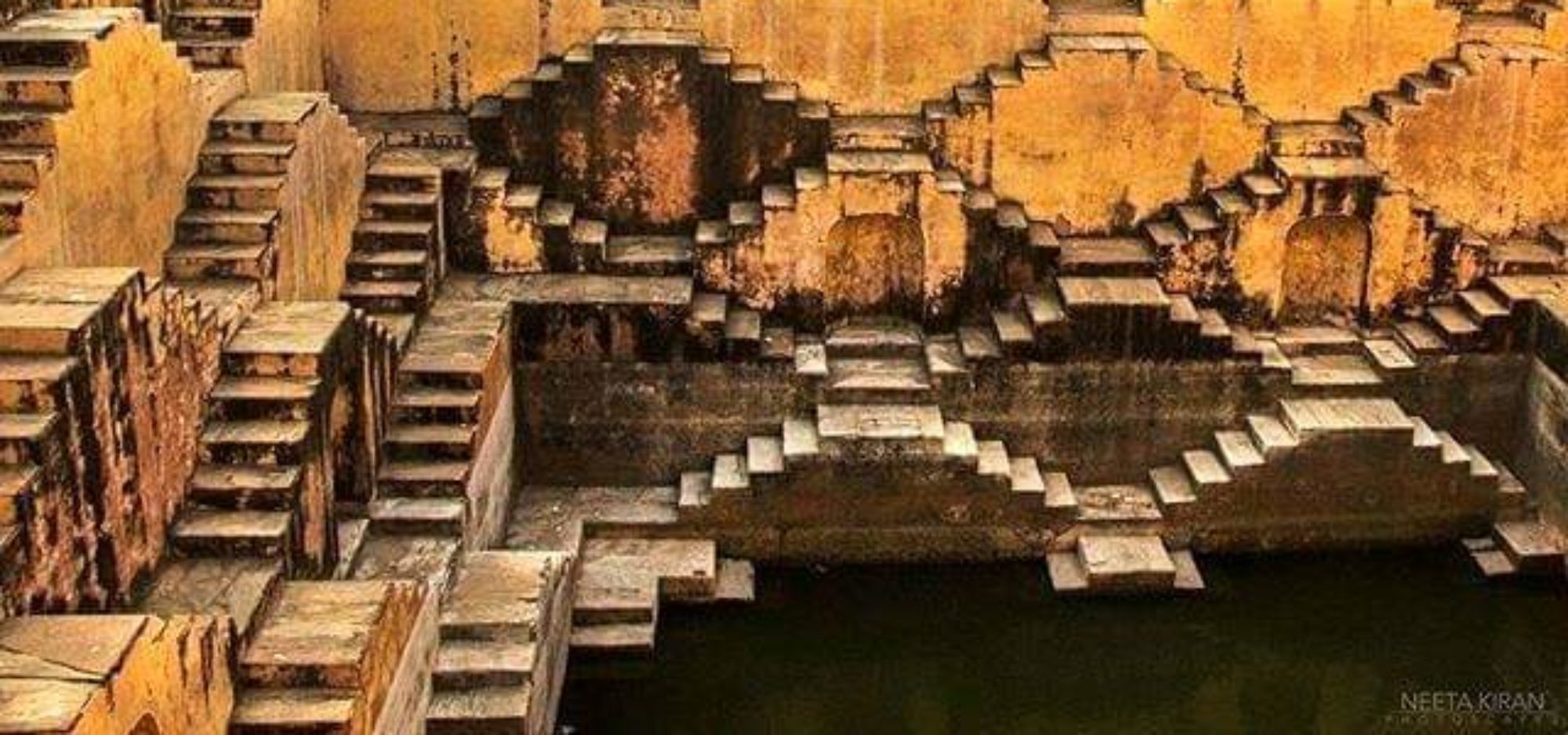
Palaces: Chakravarthis, Maharajas, Rajas, Kshetrapals, Pattadharas, Mandaleshas Pattabhojas Praharakas and Asthagranins were qualified to live in palaces, though the type of palaces varied. Each of these diverse types of palaces had unique specifications. Most of the palaces were built such that the common man had access to the administrative head living there. Many of the palaces built in the late 1800s were built based on the western architecture. These had very grand designs and elaborate plans with banquet halls etc for hosting parties for the British officials. There is a legend attached with most of these grand palaces ‘In late 1800s if the Raja of the neighbouring Rajya attacked and burnt down the old palace, then the Raja would rebuild the palace with the help of the British. Invariably the architect in these cases would be an English man.’ ‘Coincidently’ in most of the cases the modern grand palaces have the same legend.
However, the Bharathiya Shilpa Shastra suggests a different plan for palaces. Before getting into the features of the Raja Griha or Kshatriya Prasada (Royal Palace), the most important criterion was the site selection – the place where they must be built.
According to the Narada Shilpa Shastra, the Raja Grihas must be established in the important cities and provinces of the Rajya (Kingdom). Usually the Brahma Bhagha (central zone) or Utthara Bhagha (Northern region) or Paschima Bhagha (Western region) would be selected to build the palace. There are descriptions on how many gates they should have and specifications of compounds they should have. There are specifications as to where the Raja’s quarters and Rani’s quarters should be located; where the Mantris (ministers) and other royals (who were also accommodated in the same compound) should be located. The Senapathy (Commander of the army) and a Apta Mitra (close friend) of the Raja were also accommodated.
According to Manasara the palace of the Chakravarti/Samrat should have seven courts. The Maharaja’s palace will have six courts, Raja’s palace five courts, a palace of the Prashnika/Savant/Palegar will have four courts, the Pattadhara, Mandalesha and Pattabhoja will have three courts in their palace, a Praharika and Ashtagranin will have two courts. The palace is usually built square in shape and has watchtowers in eight directions and the Brahmasthana (Central Space) will have a small garden and it will be open to the sky. Most palaces must be built with a moat around however this is not a rule. A palace can have a small Royal Temple of its own too.
Considering that there are at least 20 distinctive styles of palace architecture that have been described in our ancient texts, this topic too deserves a detailed explanation which will be a part of the future blogs.


Leave a Reply